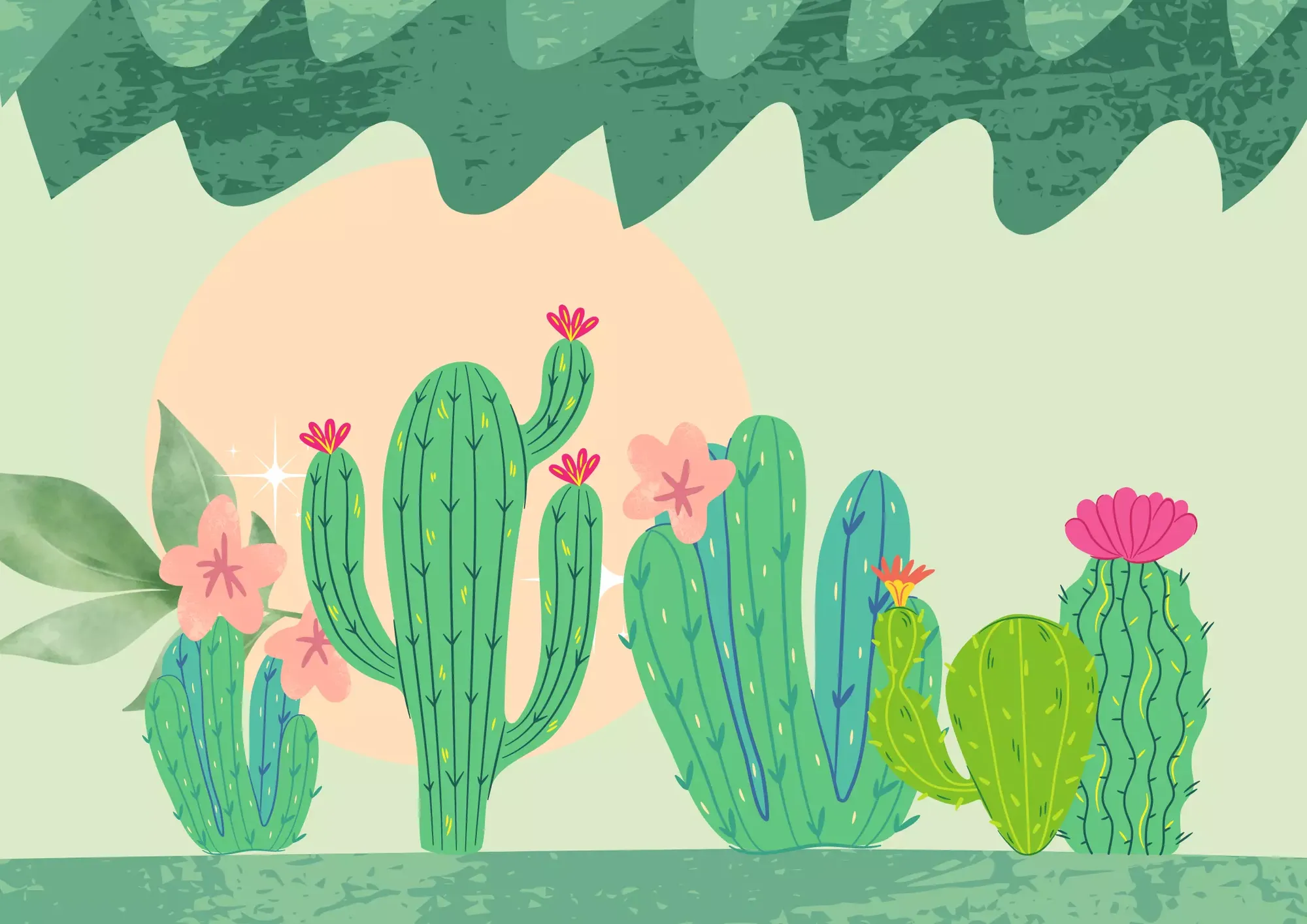Is Suede Leather? Everything You Need To Know About Suede
If you've spent any amount of time in the fashion world, you've undoubtedly come across the word suede. With its velvety and fibrous appearance, it can often look and feel like leather. Have you ever wondered exactly what suede is made of, and why it resembles leather so much?
Is Suede a Type of Leather?
Yes, indeed. Suede is a type of leather that is produced from the underside of an animal's skin and has a velvety surface. While traditional leather and suede are both animal skins, they have distinct appearances. Suede is most commonly created from lambskin, although it may be made from other species of animals such as goats, pigs, calves, and even deer. When compared with leather, suede is softer, thinner, and comparatively less durable.
This is because where suede is made from the underside of an animal's skin, leather is made from the exterior of the hide, which contributes to its durability. The exterior of an animal is generally thicker and because of repeated exposure to the environment and all its harsh challenges, is generally conditioned to be more durable. While leather is smoother, suede has a softer appearance.
How is Suede Leather Made?
Suede is not a vegan material, and the process of its manufacture begins with killing the animal for its skin. After the removal of the animal's skin, the hide is dried and then cured. The hair follicles are removed using a chemical called lime and then the hide is exposed to natural enzymes called tannins which make the hide inactive and more durable. This process of adding tannins is known as tanning.
After tanning, manufacturers can choose to apply even more processes to the product. This may include the application of a combination of salts, oils, and leather to make the suede even more smooth and durable. After the desired texture is achieved, some manufacturers may choose to dye the suede before bringing it to the market.
What is Suede Used For?
Suede is ideal for clothes and other areas where a thicker leather would be too inflexible, due to its softness and thinness. Suede can be found in a variety of products including purses, shoes, upholstery, curtains, gloves, and other accessories. It also works nicely as an inside lining for other leather items.
The Environmental and Ethical Cost of Suede
Much like leather, suede is not vegan. It is made from the hide of animals, in the process of while, the animals are often slaughtered and killed.
Rearing animals for suede or other materials, like raising them for meat, necessitates a large quantity of land and water and directly contributes to climate change in the form of land degradation, pollution, and water contamination.
Much like leather, suede also goes through an extensive tanning process that uses heavy metals such as chromium. After use, the chromium is discharged as a pollutant and almost always ends up contaminating water bodies that are then used as a source of freshwater for entire communities.
What's The Alternative?
While there are vegan alternatives to leather, they're more often than not made of plastic and PU, and can take centuries to biodegrade in the atmosphere. While plant-based alternatives that are made of organic materials such as cactus and mushrooms do exist, they are often mixed with plastics to make them more durable. The question, therefore, to ask yourself then is this, do leather or leather alternatives really need to be essential in your wardrobe?


